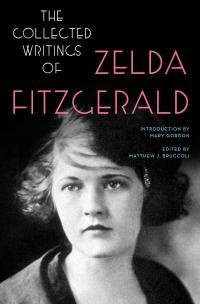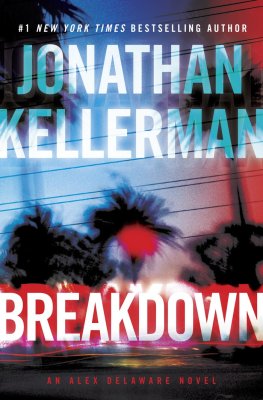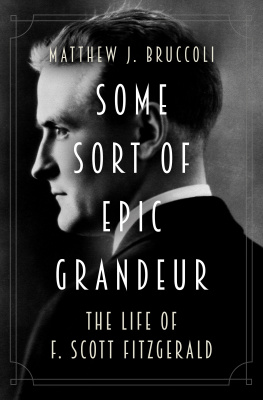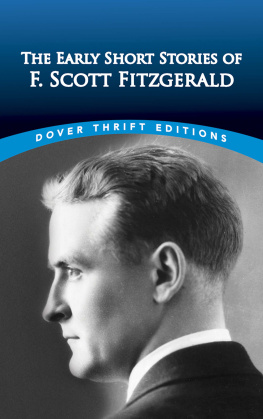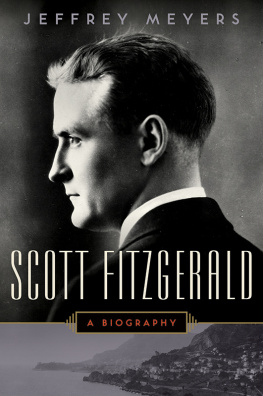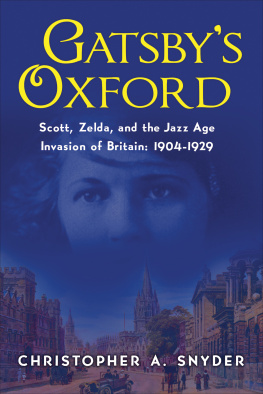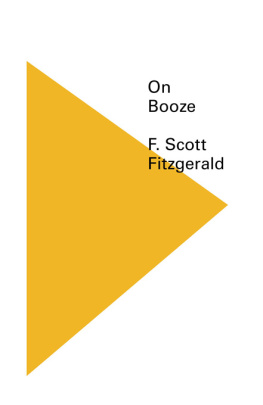Thank you for downloading this Scribner eBook.
Join our mailing list and get updates on new releases, deals, bonus content and other great books from Scribner and Simon & Schuster.
CLICK HERE TO SIGN UP
or visit us online to sign up at
eBookNews.SimonandSchuster.com
CONTENTS
PREFACE
INTRODUCTION
SAVE ME THE WALTZ
SCANDALABRA: A Farce Fantasy in a Prologue and Three Acts
STORIES
OUR OWN MOVIE QUEEN
THE ORIGINAL FOLLIES GIRL
SOUTHERN GIRL
THE GIRL THE PRINCE LIKED
THE GIRL WITH TALENT
A MILLIONAIRES GIRL
POOR WORKING GIRL
MISS ELLA
THE CONTINENTAL ANGLE
A COUPLE OF NUTS
OTHER NAMES FOR ROSES
ARTICLES
FRIEND HUSBANDS LATEST
EULOGY ON THE FLAPPER
DOES A MOMENT OF REVOLT COME SOMETIME TO EVERY MARRIED MAN?
WHAT BECAME OF THE FLAPPERS?
BREAKFAST
THE CHANGING BEAUTY OF PARK AVENUE
LOOKING BACK EIGHT YEARS
WHO CAN FALL IN LOVE AFTER THIRTY?
PAINT AND POWDER
SHOW MR. AND MRS. F. TO NUMBER
AUCTIONMODEL 1934
ON F. SCOTT FITZGERALD
LETTERS TO F. SCOTT FITZGERALD
About Zelda Sayre Fitzgerald
To the memory
of Frances Fitzgerald Lanahan Smith
(1921-1986)
In dedicating this collection of our grandmothers writings to the memory of our mother, we are certain that she would have been very pleased to see Zelda Fitzgeralds work published in a volume of her own. In this area that was so close to her heart we think it best to let our mother speak for herself. Therefore, we submit to the reader the following excerpts from an introduction she wrote for an exhibition catalogue of Grandmothers paintings in the Montgomery Museum of Fine Arts in 1974.
ELEANOR LANAHAN
SAMUEL J. LANAHAN, JR.
CECILIA LANAHAN ROSS
I was surprised, when Womens Lib finally became part of our national consciousness, to find that my mother was considered by many to be one of the more flamboyant symbols of The Movement. To a new generation, the generation of her grandchildren, she was the classic put down wife, whose efforts to express her artistic nature were thwarted by a typically male chauvinist husband (except that authors are the worst kind, since they spend so much time around the house). Finally, in a sort of ultimate rebellion, she withdrew altogether from the arena; its a script that reads well, and will probably remain a part of the Scott and Zelda mythology forever, but is not, in my opinion, accurate.
It is my impression that my father greatly appreciated and encouraged his wifes unusual talents and ebullient imagination. Not only did he arrange for the first showing of her paintings in New York in 1934, he sat through long hours of rehearsals of her one play, Scandalabra, staged by a Little Theater group in Baltimore; he spent many hours editing the short stories she sold to College Humor and to Scribners Magazine; and though I was too young to remember clearly, I feel quite sure that he was even in favor of her ballet lessons (he paid for them, after all) until dancing became a twenty-four-hour preoccupation which was destroying her physical and mental health. He did raise a terrible row when she published her novel, Save Me the Waltz, while he was still working on his own Tender Is the Night, a novel drawing on the same Paris and Riviera experiences. But this sort of competition is traditionally the bane of literary romances: only last year, the well-publicized love affair between a witty Washington blonde and a popular Southern Writer broke up when he published his novel about the very same events she had described in her nonfiction best-seller.
What I propose, rather, is that my mother was surprisingly emancipated for a woman born in the Cradle of the Confederacy at a time when the Civil War was still a vivid memory. One of her older sisters, Rosalind Smith, was the first girl of good family ever to get a job in Montgomery (other than teaching, of course), and she remembers that the day she started working at the bank, lines of young men formed outside just to stare through the window at the daredevil daughter of Judge A. D. Sayre. Both the Judge and my grandmother apparently took the position that their girls could do no wrong, for they fended off all criticism of their iconoclastic ways. Whether wise or not, this attitude undoubtedly played an important part in the willingness to attempt anything which characterized their baby, Zelda.
For in defining genius as one percent inspiration and ninety-nine percent perspiration, Edison surely meant in one direction, not in three. It was my mothers misfortune to be born with the ability to write, to dance, and to paint, and then never to have acquired the discipline to make her talent work for, rather than against, her. Growing up in Montgomery, she was apparently an accomplished amateur dancer; her name appears time and again in the Advertiser of World War I years as a featured soloist at various pageants and entertainments. After she was married she painted; then she studied at a Russian ballet school in Paris, getting just professional enough to be offered a job with the Naples Opera before her total collapse; on the advice of the doctors that she never dance again, she turned to writing, then back, finally, to painting. As one who cannot draw a whisker on a cat, I marvel at the one percent of genius coming through on canvas despite her almost casual attitude, as if creating a work of art was no more challenging than, say, planting a row of zinnias. . . .
Her love of flowers, of color, of tradition are surely as Southern as the jasmine she often wrote of. As well as the passionate enjoyment of life which she kept until the end, a sort of triumph in defeat as poignant as the tombstones in the Confederate Cemetery at Oakwood, her favorite place to be when she felt quite alone.
SCOTTIE FITZGERALD SMITH
The Lobster Quadrille by Zelda Fitzgerald (Arlyn F. Bruccoli Collection)
PREFACE
Zelda Sayre Fitzgeralds writings can be read now as autobiography, as social history, as literary history, as an evocation of something imprecisely labeled the romantic view of lifeand they can be read as the expression of a complex sensibility. Proper assessment of this writer as more than a cult figure and as more than an appendage of the F. Scott Fitzgerald saga requires that her work be available. Her publication career spanned a dozen years, from 1922 to 1934. Save Me the Waltz (1932), her only novel, was republished in 1967, and ten short stories were collected in Bits of Paradise1; but except for the two essays in The Crack-Up,2 her nonfiction has remained interred in old magazines.
Apart from a high school poem, Over the Top with Pershing, written in collaboration with her mother, there is no evidence that Zelda Sayre had literary ambitions before her marriage at the age of twenty. Her writing during the Thirties was a quest for identity apart from her status as wife of, as well as evidence of the rivalry that had developed in the Fitzgerald marriage. Marriage to a celebrated writer made it easier for her to have her work published; but it impeded her development as a professional writerone who successfully competes in the marketplace.
She possessed a characteristic wit, the ability to make surprising connections between ideas, and an idiosyncratic style. Thus from Save Me the Waltz; A shooting star, ectoplasmic arrow, sped through the nebular hypothesis like a wanton hummingbird. From Venus to Mars to Neptune it trailed the ghost of comprehension, illuminating far horizons over the pale battlefields of reality. Had Zelda Sayre been compelled to serve a rigorous literary apprenticeship, she could have succeeded on her own. However, she started serious work late and under terrible strains; most of the work in this volume was written after her 1930 breakdown. AuctionModel 1934 was her last publication, but she continued to write.
Next page
